How To Get Crystal-Clear High-Definition Audio In Your Car
Remember when MP3 players were a thing? They were a revelation. For once, you didn’t have to carry your whole CD or tape cassette collection around in your car just to have access to your personal music catalog; you could download your songs to a tiny, portable electronic device roughly the size of a credit card.
Of course, digital storage was still relatively expensive in those days. Space was limited, and there was a hefty price to pay for the extra convenience: audio quality. The MP3 file format uses a particularly “lossy” sort of compression in order to bring audio file sizes down to such a compact size – one that necessarily must discard lots of audio information. You can hear it immediately in the loss of definition in cymbal crashes and human voices. Highly compressed audio also suffers from less stereo separation and a smaller “soundstage,” so that everything just sounds sort of flat and one-dimensional.
Satellite radio, as fantastic as it is for its wide breadth of variety and niche fandom channels, suffers from many of the same shortcomings. The reason is that the hundreds of channels broadcast all have to fit within just several MHz of bandwidth, so each one is “squished” and compressed to occupy a small enough bandwidth section.
The good news is that there’s a simple solution, and it’s right within reach: “lossless” audio files. These include both uncompressed audio – file formats such as Windows’ WAV and Apple’s AIFF – and lossless compression formats that shrink file sizes without discarding any audio information, including FLAC, ALAC, and WMA Lossless. These file types are all substantially larger than MP3s and the myriad other lossy compressed formats that you might be used to, but as the cost of digital storage media has come down substantially in recent years, keeping these files mobile for high-fidelity in-car audio is easier than its ever been.
We’ve teamed up with car speaker manufacturer Soumatrix to brief you on the easiest, most common methods of playing top-quality lossless audio in your vehicle.
Lead photo by Radu Bercan/Shutterstock.com
Throw It On Some Removable Storage Media
Most modern car audio head units feature some way of connecting a portable mass storage device: an SD card, a USB thumb drive, or sometimes both. If your head unit is in this camp, you can use your computer to transfer uncompressed or losslessly compressed audio files directly to your mass storage device using basic file manager software, and then play them back through the head unit in your car.
While often the simplest and most convenient method of high-fidelity audio playback in your car, using detachable mass storage media does have some difficulties associated. For one thing, head units can be picky about which file systems or drive formats they will read, for instance failing to recognize any drive not formatted as FAT32. File organization also matters; some head units will scan the entire drive to locate any compatible music files automatically, or at least provide a rudimentary file explorer system so you can locate them manually, but others require your music files to be organized into folders according to a specific structure.
And then, there’s the matter of file type compatibility. While many head units can play lossless FLAC files, and plenty of newer units can even play uncompressed WAV and AIFF files, not all can, and whether a given file format is supported is entirely up to the manufacturer. This leaves you without any real recourse if your head unit doesn’t support your lossless audio files – save for maybe reencoding all your songs with a supported codec, or swapping in a whole new head unit.
Download It To Your Phone
The other primary way of getting high-quality lossless audio playback in your car is by downloading the files to your phone and then playing them back over Bluetooth or Apple CarPlay/Android Auto. It’s a bit more involved a process, but it might just grant you more flexibility when it comes to file type compatibility as you can always install new media players and codecs to increase your phone’s playback capabilities. Apps like VLC media player, available on both Android and iOS, already include native support for a vast array of different media file types with no additional downloads needed.
Here, one concern is app compatibility with Apple CarPlay and Android Auto. Those systems only support some third-party apps, not all of them, so if you plan on using them as your audio source, you would do well to first verify that A) your file type is supported by your phone’s preferred factory media player, or B) your third-party app is supported by whichever system you’re using. Thankfully, there’s no shortage of options. Android can play FLAC files natively, and iOS has no trouble with uncompressed AIFF and lossless ALAC files right out of the box.
Unfortunately, any increase in fidelity you might gain from lossless audio files is lost if you play your music through a wireless Bluetooth connection. That’s because Bluetooth, like satellite radio, is limited in bandwidth, and it must transmit using a lossy compression standard that removes some of the audio information. Wireless Apple CarPlay and Android Auto use a wifi connection instead of Bluetooth, giving them greater bandwidth, but the audio is still limited to CD quality – 16 bits of resolution with a 44.1 kHz sample rate. If you want the best listening experience through your phone, you’ll have to bust out the USB cable.
Comparing Different Lossless Audio Options
| Maximum Capacity | Codecs Supported | Max. Audio Quality (Typical) | Max. Audio Bitrate (Typical) | |
| Mass Storage – SD/USB | 1 TB; may be limited by head unit/file system | Determined by head unit manufacturer | 48 kHz / 24 bit (head unit-limited) | 2,304 kb/s (head unit-limited) |
| Mobile Phone – Bluetooth | Dependent upon phone storage space; usually expandable with microSD | Determined by smartphone; expandable with software | Dependent upon Bluetooth compression; range from 48 kHz / 16 bit (SBC, aptX) to 44.1 kHz / 24 bit (AAC) | Dependent upon Bluetooth compression; range from 256 kb/s (SBC) to 576 kb/s (aptX HD) |
| Wireless Apple CarPlay / Android Auto | Dependent upon phone storage space; usually expandable with microSD | Determined by smartphone; expandable with software | 44.1 kHz / 16 bit (wifi bandwidth-limited) | 1,411 kb/s (wifi bandwidth-limited) |
| USB Tethered Apple CarPlay / Android Auto | Dependent upon phone storage space; usually expandable with microSD | Determined by smartphone; expandable with software | 48 kHz / 24 bit (head unit-limited) | 2,304 kb/s (head unit-limited) |
The Bad News…
Unfortunately, even after all that, you may not notice all that much difference in your in-car listening experience. Compared to low-bitrate MP3s, you’ll certainly notice the extra definition in the cymbals and human voices, and you may even note a larger “soundstage” – that is, your music may appear to have a bit more spatial volume. But eight times out of ten, the difference won’t be as earth-shattering as you’d hoped.
The reason for this is your car’s audio equipment – and in particular, its speakers. Feed them high enough quality audio and they quickly become the bottleneck in your system, failing to reproduce your music with the sort of precision and fidelity necessary to do it justice. The reasons why are complex, so we’ll spare you any attempt at an explanation, but suffice it to say that every detail in a speaker matters, from the shape and construction of the speaker cones, to the materials used in each dome, the magnet selection, and the number of coil windings. Most car speakers are designed to cut costs, and to perform well playing back compressed audio from satellite radio or mobile streaming services, where “performing well” usually means gratuitous bass response, but subpar sound reproduction in other registers.
Soumatrix speakers are different. Founded in 2012 and based out of the music mecca of Austin, Texas, Soumatrix manufactures bespoke, drop-in high-fidelity speaker upgrade kits for select Buick, Chevrolet, and Volkswagen vehicles that can faithfully reproduce every nuance in an audio recording. They’re coaxial, with a tweeter and woofer occupying the same enclosure for superb response across the audible frequency range – much better than your standard single-cone speaker – and much more even sound dispersion than a component speaker system can accomplish.
Of course, there are other links in the chain – other components in your car audio system that can get in the way of a crystal-clear listening experience. But more often than not, it’s the speakers that really drop the ball.
So if you try playing lossless audio in your car and find that the experience isn’t all it’s cracked up to be, just remember: it might be your equipment.
Visit Soumatrix.com for more information.
More by AutoGuide.com Staff




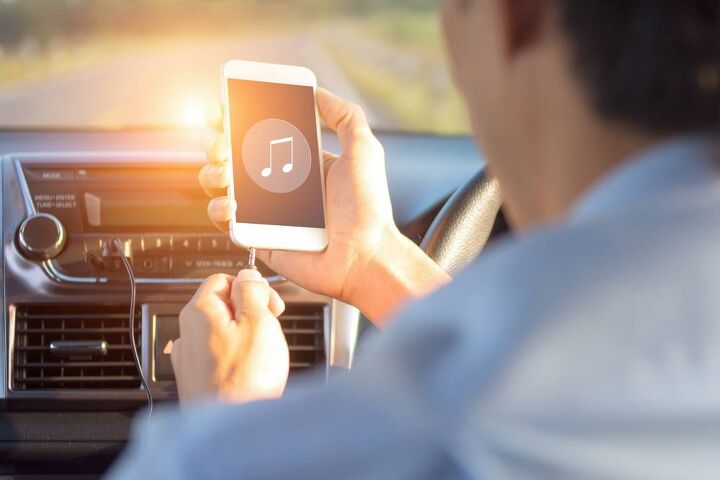













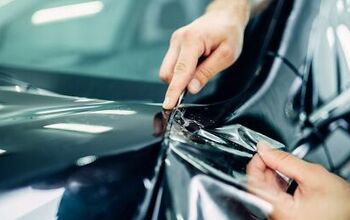

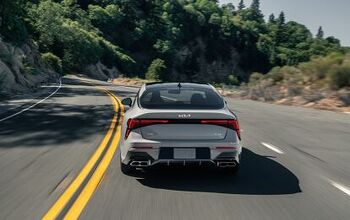
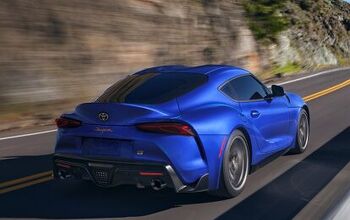
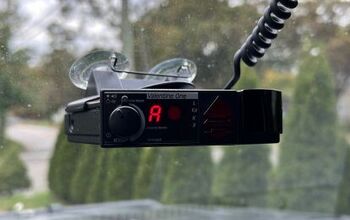

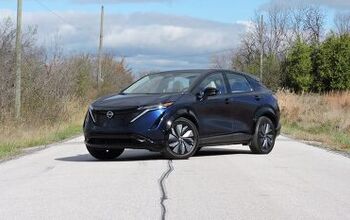

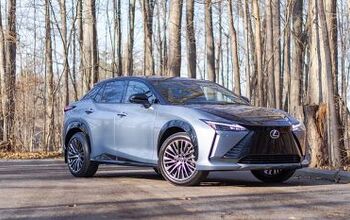

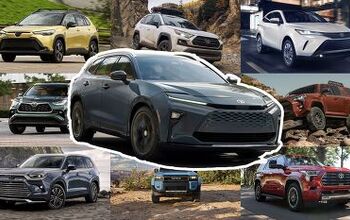


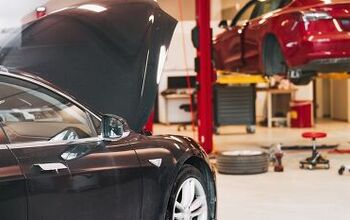

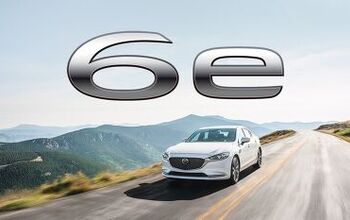
Comments
Join the conversation
Thank you for this interesting article. I've learned a couple of new things. If you allow me, I would like to ask you a question... I drive an Acura MDX Type S, with their highest end signature sound system. I am pretty satisfied. However, I've just bought a new Android Phone and this guy sound awful over Wireless Android Auto compare to my other android phones (Sony Xperia 1 IV, Samsung Galaxy S23 Ultra). Reading your article, I've realized, that the solution might be a third party app on the new phone (Redmagic 8 Pro). Would you be able to recommend a couple of high end third party apps that I could try on the phone and see if it would deliver any better through wired or wireless Android Auto? Thank you very much Joseph Kollar